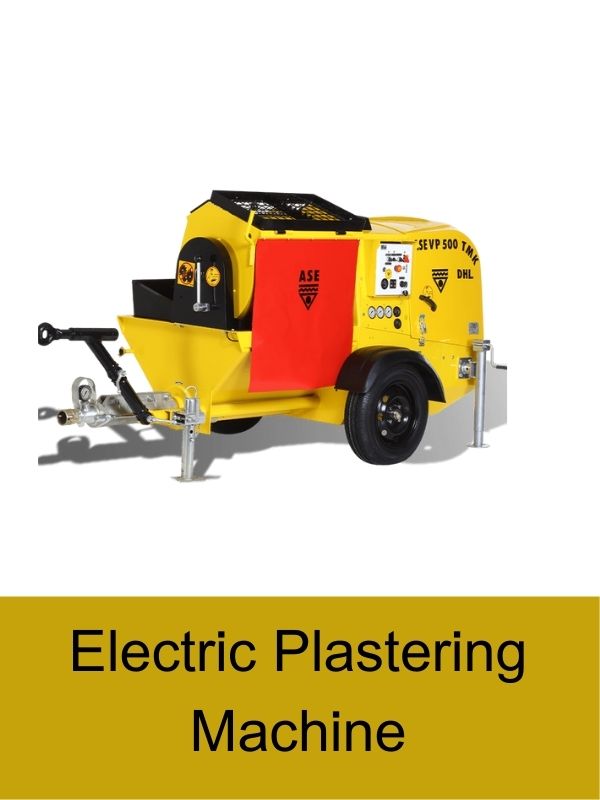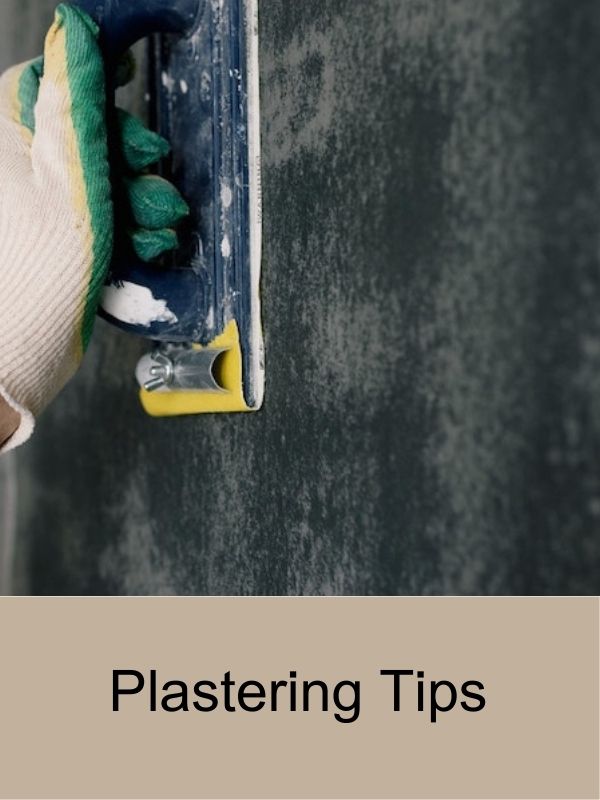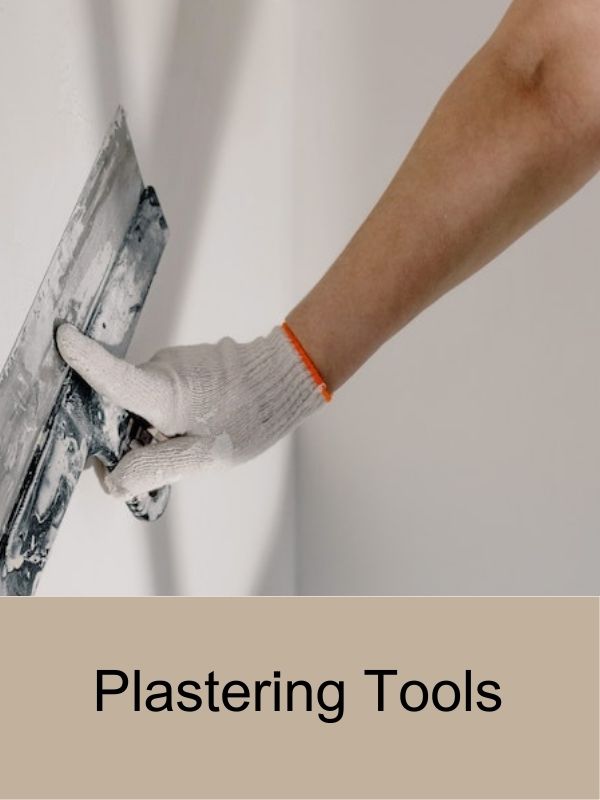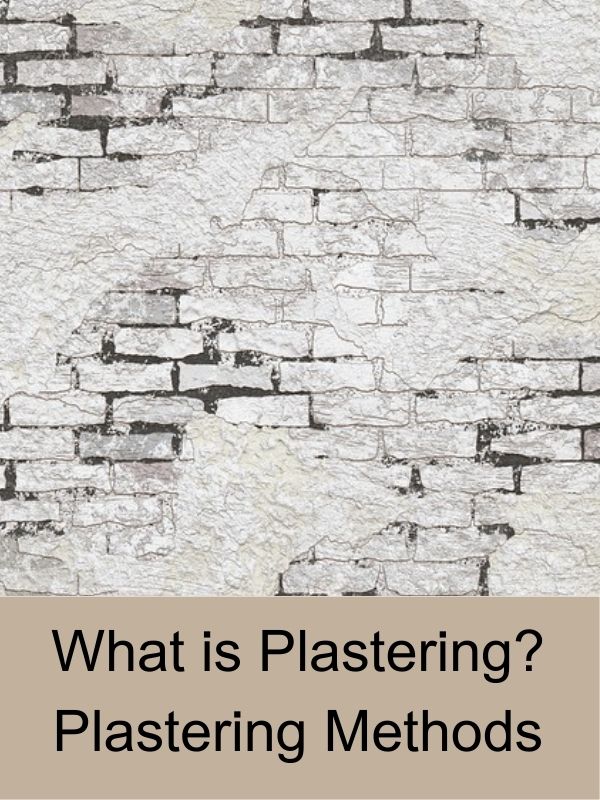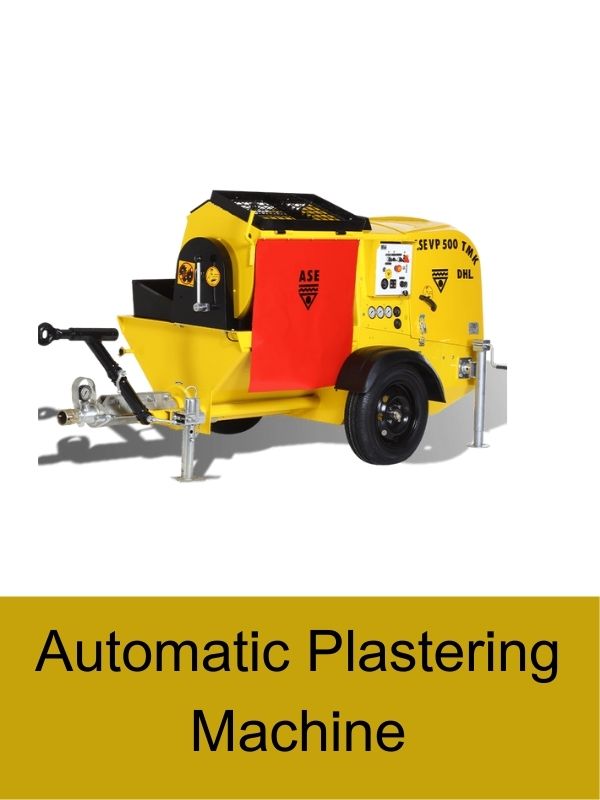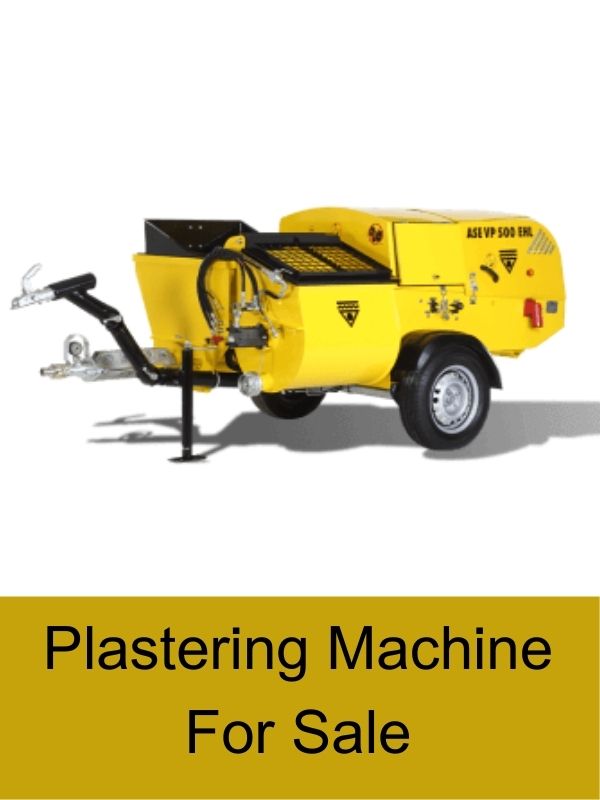Plastering is an essential part of construction and renovation projects. Traditionally, plastering has been a labor-intensive and time-consuming process, requiring skilled workers to manually apply plaster to walls and ceilings. However, with advancements in technology, the introduction of electric plastering machines has revolutionized the industry. In this article, we will explore the benefits of using electric plastering machines, their various types, how to use them effectively, factors to consider when choosing one, and their applications in different industries.
What is an Electric Plastering Machine?
An electric plastering machine, also known as an electric plastering pump, is a motorized device that automates the process of applying plaster or mortar. It is powered by electricity and equipped with a pump that draws the plaster mixture from a hopper or container and sprays it onto surfaces with high precision and speed.
Advantages of Electric Plastering Machines
Electric plastering machines offer several advantages over manual plastering methods:
- Efficiency and Speed: Electric plastering machines significantly speed up the plastering process. They deliver a consistent and continuous flow of plaster, covering large areas quickly and efficiently. This results in time savings and increased productivity on construction sites.
- Uniform Application: These machines ensure a uniform and even application of plaster across surfaces. They provide consistent pressure and spraying patterns, eliminating the inconsistencies that may arise from manual application. This leads to a smooth and professional finish.
- Reduced Labor and Fatigue: With an electric plastering machine, the physical labor associated with manual plastering is greatly reduced. Operators can focus on controlling the machine and directing the spray, minimizing fatigue and strain on their bodies.
- Adjustable Settings: Electric plastering machines often come with adjustable settings for flow rate, pressure, and spray pattern. This allows operators to customize the application based on the specific requirements of the project, achieving the desired thickness and texture.
- Material Savings: These machines help minimize material wastage by providing precise control over the amount of plaster applied. The adjustable settings allow operators to optimize the plaster mixture and minimize excess usage, resulting in cost savings.
Applications of Electric Plastering Machines
Electric plastering machines are widely used in various construction projects, including:
- Residential and Commercial Construction: These machines are extensively used in both residential and commercial construction for plastering walls and ceilings. They are efficient for covering large areas and can handle different types of plaster or mortar.
- Renovation and Restoration: Electric plastering machines are valuable tools for renovation and restoration projects. They can quickly and effectively apply plaster to restore or repair damaged surfaces, bringing them back to their original condition.
- Industrial Applications: In industrial settings, such as warehouses, factories, and production facilities, electric plastering machines can be used to apply protective coatings or finishes to walls and structures. This helps improve aesthetics and protect surfaces from wear and tear.
- Exterior Plastering: Electric plastering machines are also suitable for exterior plastering applications, such as rendering external walls or applying decorative finishes. Their efficiency and uniform application ensure a consistent and durable exterior surface.
Types of Electric Plastering Machines
Electric plastering machines come in different types, each designed for specific plastering applications. Here are some common types:
Automatic Trowel Machines
Automatic trowel machines are equipped with rotating trowels that spread and smooth the plaster onto the surface. They are ideal for large-scale plastering projects and can cover extensive areas quickly and efficiently.
Spray Machines
Spray machines use compressed air to atomize the plaster into fine particles, which are then sprayed onto the surface. They are suitable for both indoor and outdoor applications and are particularly useful for textured finishes.
Rendering Machines
Rendering machines are specifically designed for applying render, a type of exterior plaster, to walls. They can handle different types of renders, including traditional cement-based renders, polymer-modified renders, and thin-coat renders.
Factors to Consider When Choosing an Electric Plastering Machine
When selecting an electric plastering machine, consider the following factors to make an informed decision:
Power and performance
Choose a machine with sufficient power to handle the size and scope of your plastering projects. Consider the motor’s wattage, RPM (rotations per minute), and overall performance capabilities.
Size and weight
The size and weight of the machine can affect its maneuverability and ease of use. Select a machine that balances portability and stability, allowing you to work comfortably for extended periods.
Versatility
Some electric plastering machines are designed for specific applications, while others offer more versatility. Assess your project requirements and choose a machine that can handle a range of plastering tasks.
Ease of use
Consider the machine’s controls, ergonomics, and user-friendly features. Look for intuitive interfaces, adjustable handles, and ergonomic designs that enhance comfort and reduce operator fatigue.
Durability
Invest in a durable and robust electric plastering machine that can withstand the demands of construction sites and frequent use. Check for quality construction, sturdy components, and positive user reviews.
FAQ
How long does it take to plaster a wall using an electric plastering machine
The time it takes to plaster a wall using an electric plastering machine depends on various factors such as the size of the wall, the complexity of the surface, and the experience of the operator. However, electric plastering machines are known to significantly reduce plastering time compared to traditional manual methods. With the efficiency and speed of these machines, plastering a wall can be completed in a fraction of the time it would take manually.
Can electric plastering machines be used for textured finishes?
Yes, electric plastering machines can be used for textured finishes. Spray machines, in particular, are well-suited for creating textured finishes on walls. By adjusting the nozzle and spray settings, these machines can produce a variety of textures, such as orange peel, knockdown, or stucco. However, it’s important to choose a machine that is designed for textured finishes and follow the manufacturer’s instructions for achieving the desired texture.
Are electric plastering machines suitable for small-scale projects?
Electric plastering machines are commonly used for large-scale projects due to their efficiency and productivity. However, they can also be used for small-scale projects, depending on the specific requirements. It’s important to consider the size and weight of the machine, as well as the complexity of the project. For smaller projects, manual plastering methods may still be a viable option, but an electric plastering machine can provide time savings and a more consistent finish.
Do I need any special training to use an electric plastering machine?
While no specific certification or license is required to operate an electric plastering machine, it is recommended to receive proper training before using one. Familiarizing yourself with the machine’s controls, settings, and safety features is crucial to ensure safe and effective operation. Training programs or guidance from experienced operators can help you understand the proper techniques for loading the machine, adjusting settings, and achieving the desired plastering results.
How often should I clean and maintain my electric plastering machine?
Regular cleaning and maintenance are essential to keep your electric plastering machine in optimal working condition. The frequency of cleaning and maintenance may vary depending on the machine and the intensity of use. As a general guideline, it’s recommended to clean the machine thoroughly after each use, removing any plaster or debris that may clog the nozzle or trowels. Additionally, follow the manufacturer’s instructions for routine maintenance, such as lubricating moving parts, inspecting electrical connections, and replacing worn components. Regular maintenance will help extend the lifespan of the machine and ensure consistent performance.

